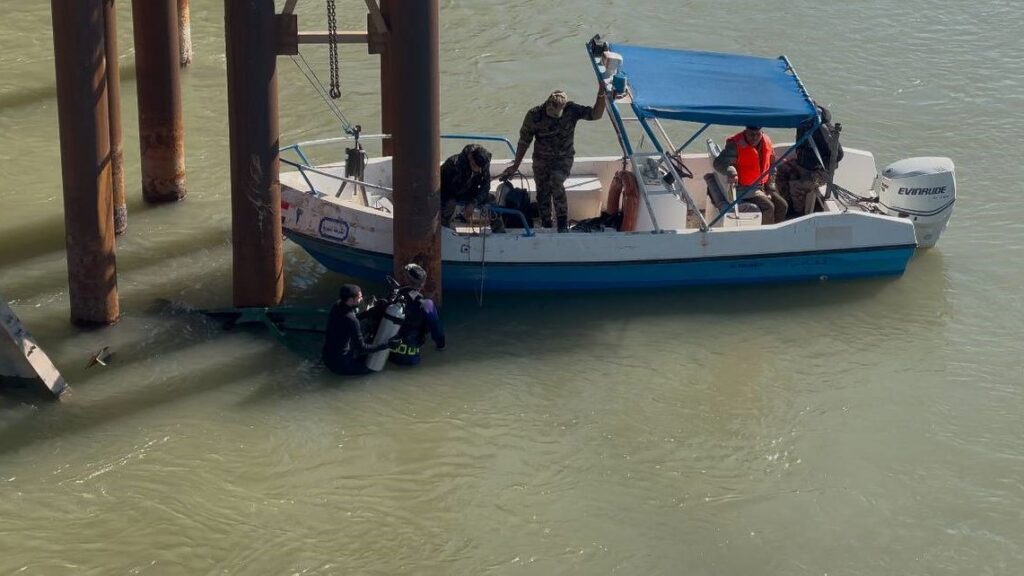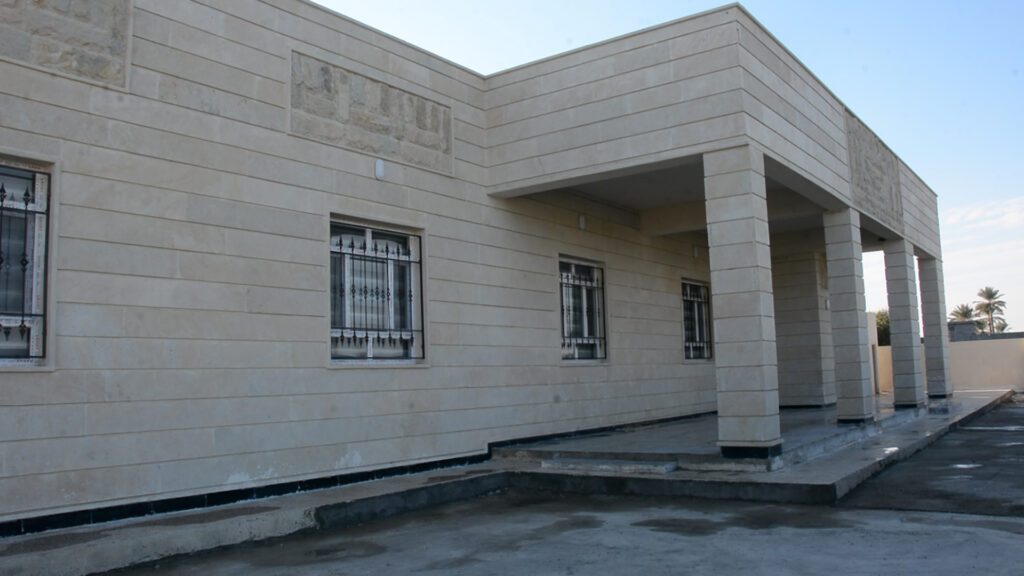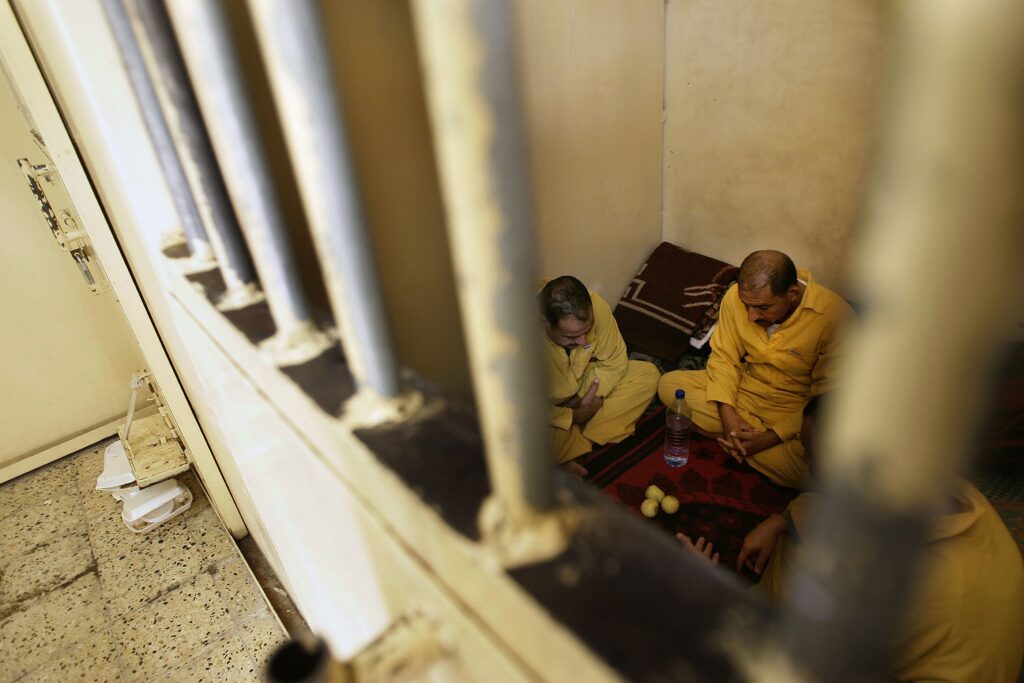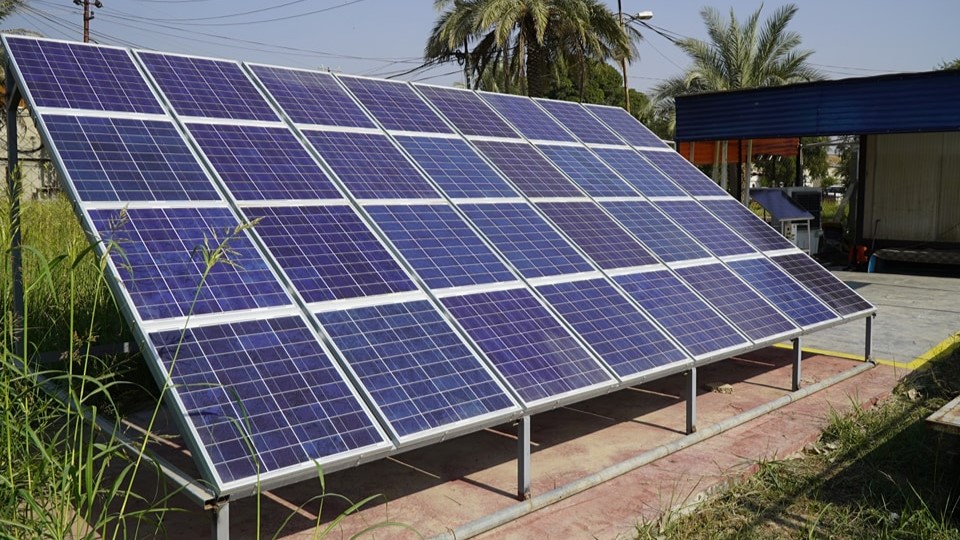World: Minority and Indigenous Trends 2019
Executive summary
Climate change poses a profound environmental challenge that will leave no country or community untouched. Its social impact, if unaddressed, will reinforce inequalities, deepen poverty and leave the world’s most marginalized populations in greater insecurity. Minorities and indigenous peoples are already living with its consequences, from rising sea levels and higher temperatures to increasingly frequent extreme weather events such as severe storms. Their isolation and exclusion in many countries leave them disproportionately exposed to these negative effects.
Discrimination frequently dictates the ways that members of these communities experience shocks. There is now increased recognition that ‘natural’ disasters are often social and institutional in character too. Excluded populations such as South Asia’s Dalits, for instance, are frequently concentrated in areas like Dhaka’s flood-prone ‘colonies’, where lack of access to water and sanitation leaves residents more vulnerable during monsoons. They may also be side-lined from emergency assistance in the aftermath due to discrimination. Their stigmatization is therefore replicated at every stage and may be exacerbated further in the event of displacement, loss of income or illness.
While vulnerability may reflect a more general lack of resources to invest adequately in adaptation measures, this is by no means the whole picture. Even in more affluent countries like the United States (US), broader societal inequalities translate into uneven outcomes among different groups. The most widely cited example of this is the devastation wrought by Hurricane Katrina in New Orleans in 2005 with its disproportionate impact on victims belonging to minorities, particularly African Americans. Similar disparities have played out in the wake of subsequent disasters since, including Hurricane Sandy in coastal New Jersey in 2012 and Hurricane Maria in Puerto Rico in 2017, with minorities worst affected.
It is nevertheless the case that many communities, especially indigenous peoples, have long lived in pristine or fragile ecosystems that are uniquely sensitive to the effects of a changing climate. In the Arctic region, where temperatures are rising twice as fast as the rest of the planet, Sámi and other indigenous communities are struggling to adapt, as melting ice and other impacts threaten traditional livelihoods such as reindeer herding. In this instance, climate change is one element in a wider context where both human rights and the environment are under threat as a result of industrial development and the encroachment of activities such as mining on their territories.
Many aspects of the relationship between climate change and migration remain under-explored by researchers and are largely unacknowledged by governments, notwithstanding recent initiatives such as the 2018 Global Compact for Safe, Orderly and Regular Migration. It is clear that environmental stresses intersect in many cases with social, economic and political considerations to increase migration, be it voluntary or forced, from rural areas to cities and even across national borders. It seems likely, for instance, that for some Central American migrants, the decision to head north towards the US may be driven not only by a desire for a better life and the need to escape violence in their home countries, but also due to negative climate impacts on agriculture and other traditional income sources.
For pastoralists in sub-Saharan Africa, the ability to migrate to maintain their nomadic way of life is increasingly constrained by a range of factors, including desertification, drought and reduced rainfall. In Chad, one of the countries most vulnerable to climate change, changing weather patterns and increased pressure on water and land for grazing has disrupted traditional migration routes and exacerbated conflict with sedentary communities as competition for resources has intensified. These tensions reflect a long history of intercommunal division and discrimination, though Chad has taken steps to reduce these threats through efforts to develop better managed migration routes by engaging pastoralists themselves.
The Pacific is another area where the link between climate change and migration – already widespread among many indigenous communities due to the lack of economic opportunities in their countries – has become chronic. For low-lying islands such as Kiribati, rising sea levels pose an existential threat to a wealth of cultural and spiritual traditions tied inextricably to their homelands. Faced with the prospect of its territory becoming uninhabitable, the government has been planning the resettlement of much of its population. Even if these countries are able to avert a humanitarian catastrophe in the decades to come, their unique heritage could face extinction.
Besides the incalculable loss to the communities affected, the erosion of traditional practices and indigenous knowledge systems represents a major blow to global efforts to respond effectively to climate change. Across the world, indigenous peoples’ unique understanding of local ecosystems and their ability to identify, manage and respond to environmental fluctuations, developed over centuries, has enabled communities to live sustainably off forests, lakes, rivers and seas while developing resilience to flooding, drought and other shocks. Approximately 80 per cent of the world’s remaining biodiversity is stewarded by indigenous peoples – a situation that would logically justify their place at the centre of environmental decision-making.
Though there is increasing recognition of the value of traditional knowledge in combating climate change, including concerted efforts from scientific and governmental bodies to incorporate this learning, indigenous peoples continue to play a marginal role in international policy. As a corollary, the commodification of indigenous knowledge without consideration of the wider rights of those communities leaves indigenous peoples vulnerable to intellectual property theft and other violations. This reflects a broader problem of power inequalities that has left minority and indigenous communities on the fringes of national and international negotiations around climate change. This travesty is heightened by the fact that these communities are among those least responsible for its causes, but worst affected by its consequences.
This is especially evident when it comes to land rights and the continued threat posed by mining, plantations, logging and other commercially oriented developments. These activities undermine every aspect of their lives and wellbeing, from food security to health, and weaken their ability to respond to climate change and other environmental pressures. In many cases, the situation is exacerbated by top-down programmes undertaken in the name of ‘green’ energy and climate change mitigation. In the Brazilian Amazon, for instance, indigenous communities face displacement and flooding following the construction of hydroelectric dams such as Belo Monte without their free, prior and informed consent. Besides the damage inflicted on local communities, with thousands of lives uprooted, the supposed environmental benefits of these developments are increasingly being called into question. Conservation has been used as a pretext to force communities from their ancestral lands. This is the case for Kenya’s Sengwer people who, despite living in the Embobut Forest for centuries, have been violently evicted by Kenya Forest Service guards with connections to environmental and climate change programmes funded by international donors such as the European Union and the World Bank.
Examples such as these demonstrate how immediate climate change impacts intersect with a range of other environmental rights issues, from fossil fuel extraction to exposure to pollution. While environmental harm caused by fossil fuel extraction is often thought of as a different issue, both the processes involved and the uses to which the fossil fuel is put are major drivers of global warming. Much fossil fuel extraction takes place on communal lands. As a result, indigenous protests around land rights such as the Standing Rock demonstrations in the US now increasingly align with climate change activism. Similarly, though air pollution in cities may be primarily attributed to the immediate effects of fossil fuel consumption rather than long-term climate change impacts, it is likely both to contribute to climate change and be exacerbated by it. With a number of recent studies suggesting that minorities are on average more exposed to air pollution, this signals how closely the issue is tied to a climate justice perspective.
Ultimately, the vulnerability of minorities, indigenous peoples and other excluded groups including women, children, LGBTQ+ people and people with disabilities to climate change is a product of a wider backdrop of discrimination, encompassing land, housing, culture, livelihoods and migration. The surest means of strengthening communities’ resilience is through protection of their fundamental rights to effective participation, identity, land, livelihoods and human security. Such an approach could transform communities from victims of climate change impacts to leaders of adaptation – a situation that would not only support the development of a more equitable global society, but also enhance the abilities of humanity as a whole in adapting to the current climate crisis.






